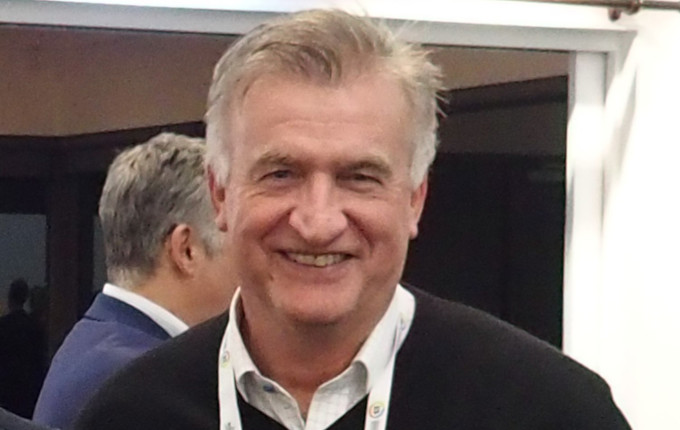Family office CH Warman established a fund of hedge fund program in 2015, but pulled the plug on it last year as correlations to equities spiked and returns proved lacklustre. We speak to CIO Richard Williams about the experience and some of the key learnings from this program.
Register to Access this Exclusive [i3] Insights Article
Create a free account to access exclusive interviews with asset owners, revealing insights on investment strategies, market trends, and portfolio allocations.
If you already have an account you can Login .
If you have any issues registering an account please send us an email at [email protected].


